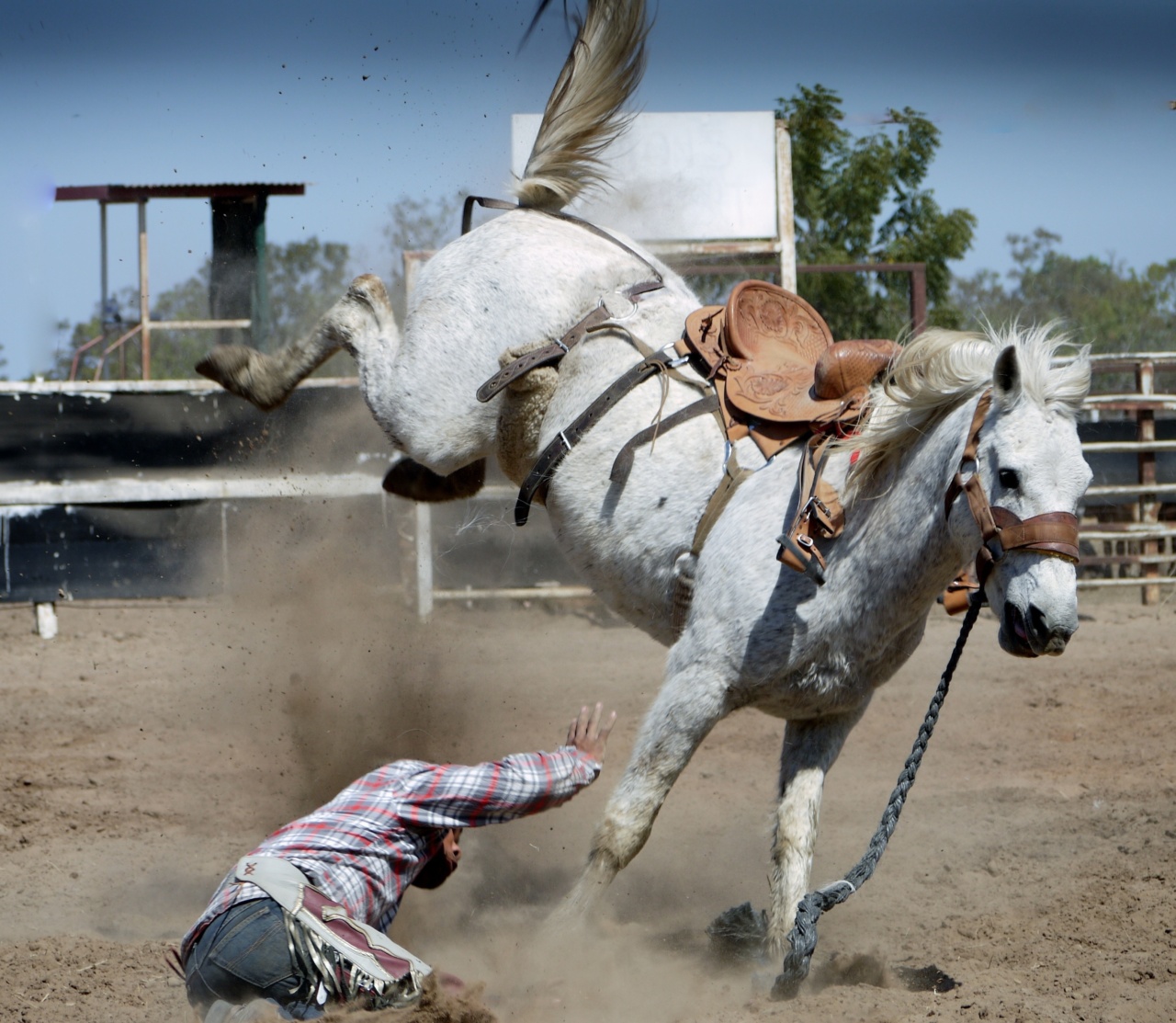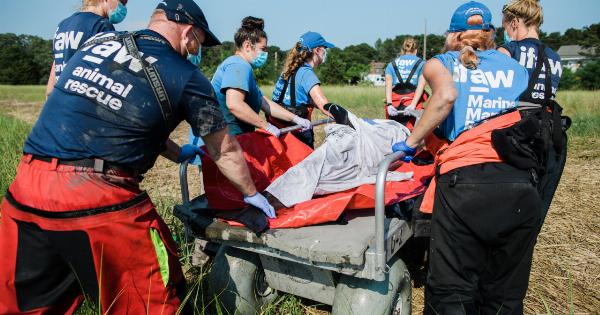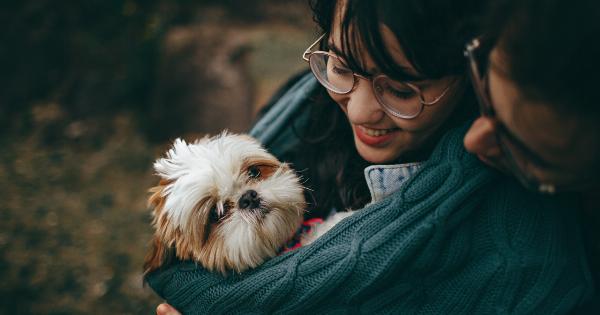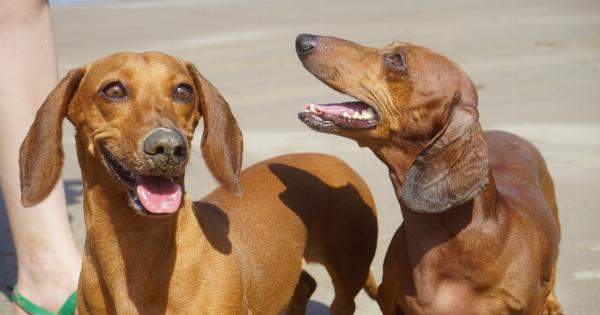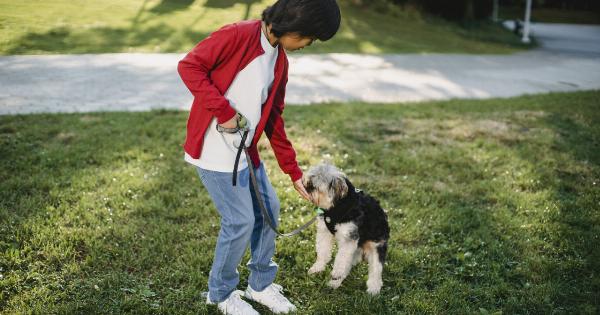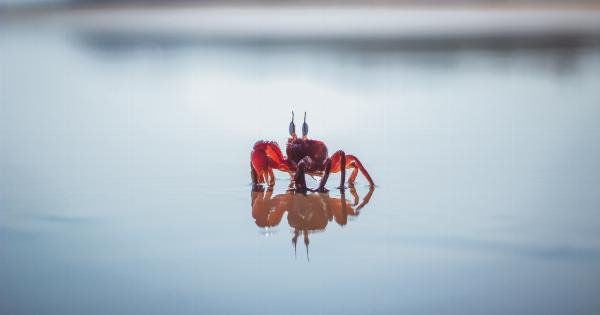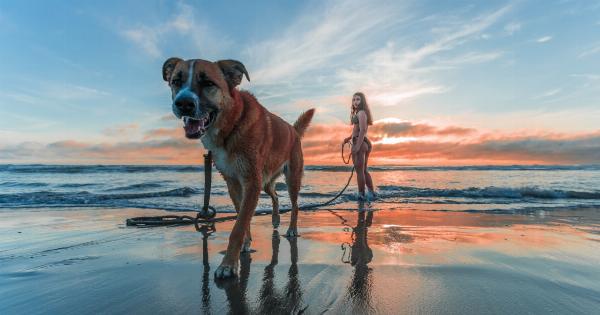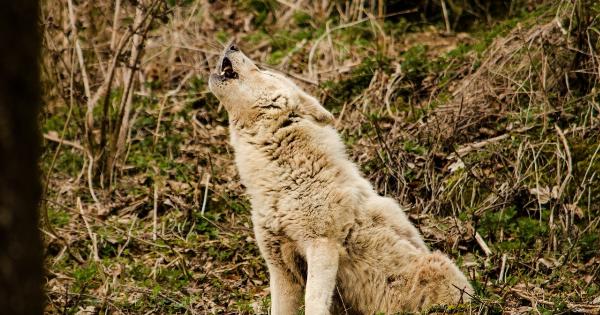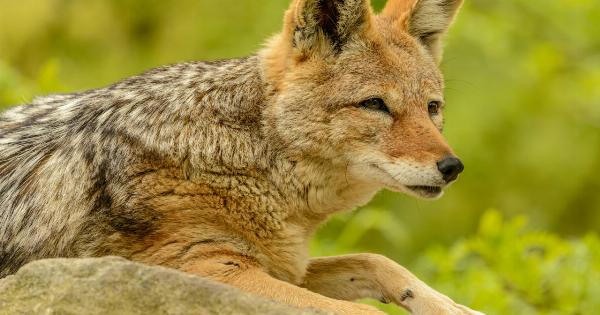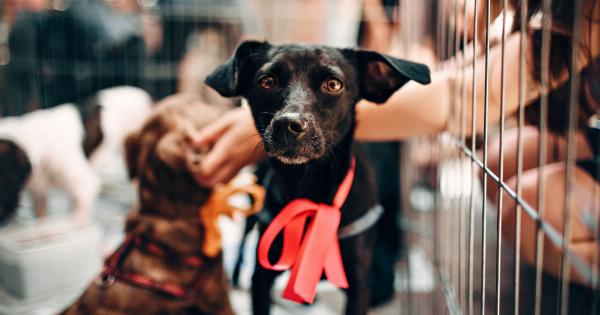Encountering an injured wild animal can be a daunting experience. It’s natural to want to help, but it’s essential to know what to do and what not to do to avoid harming the animal or yourself.
Here are the steps to follow if you come across an injured wild animal:.
1. Assess the situation
The first thing to do when you spot an injured wild animal is to assess the situation. From a safe distance, observe the animal’s behavior and try to determine the extent of its injuries.
For example, is the animal able to move? Is it bleeding? Is it showing any signs of distress or aggression? It’s crucial to remain calm and refrain from touching or approaching the animal until you’re sure it’s safe to do so.
2. Contact a wildlife rehabilitation center
Once you have assessed the situation and determined that the animal needs help, contact a wildlife rehabilitation center or a local animal control agency.
These organizations have the training and resources to handle injured animals safely and effectively and will be able to provide guidance on the next steps to take.
3. Keep a safe distance
While waiting for help to arrive, it’s important to keep a safe distance from the animal.
Even if the animal seems calm or docile, it’s crucial to remember that wild animals can be unpredictable and dangerous, especially when they are injured. Stay at least 50 feet away from the animal and try not to make any sudden movements or loud noises that may startle it.
4. Do not attempt to handle the animal
Never try to handle an injured wild animal unless you have been specifically trained to do so.
Even small animals like birds and squirrels can bite or scratch, and larger animals like deer or raccoons can inflict serious injuries with their claws and teeth. In addition to putting yourself at risk, handling an injured animal can cause additional stress and harm that may impede its recovery.
5. Create a barrier
If the animal is in a busy area or near a busy road, you can create a barrier between the animal and the traffic to prevent it from wandering into danger. Use caution when constructing a barrier as you do not want to further agitate the animal.
Use cones, tape, or other barriers to cordon off the area and keep people and animals away from the injured animal until help arrives.
6. Provide water and food
If you have determined that it is safe to do so and you have been trained in animal care, you can provide water and food to the injured animal.
This should only be done if the animal is conscious and alert, as attempting to give food or water to an animal that is unconscious or suffering from severe injuries can cause further harm.
7. Do not interfere with wildlife
While it’s natural to want to help wildlife in distress, it’s important to remember that wild animals should be left alone unless they are in immediate danger.
Interfering with wildlife can cause stress and harm that may impede their ability to recover from injuries or illnesses. It’s best to leave the job of caring for injured wildlife to the professionals who are trained to do so safely and effectively.
8. Keep pets away
It’s essential to keep pets, including dogs and cats, away from injured wildlife.
Even if your pet has never shown any aggressive behavior towards wildlife, the scent and presence of a domestic animal can cause undue stress and harm to the injured animal. Keep pets on a leash or indoors until professional help arrives.
9. Follow guidelines and regulations
When it comes to caring for injured wildlife, there are strict guidelines and regulations in place to protect both the animals and the people caring for them.
It’s important to follow these guidelines and regulations to ensure that the animal receives the best possible care and that you are not putting yourself or others in danger.
10. Support wildlife rehabilitation centers
Wildlife rehabilitation centers rely on public support to continue providing critical care to injured and orphaned wildlife.
Consider making a donation or volunteering at your local wildlife rehabilitation center to support their efforts in caring for injured wild animals and reintroducing them back into their natural habitats.
